
Hello Again Everyone!!
Sanbanggulsa Temple, which is located on Mt. Sanbangsan (395.2 m) on Jeju-do Island, means “Sanbang Cave Temple,” in English. And Sanbang, in English, means “Mountain Room,” which is a reference to the cave on the southern side of Mt. Sanbangsan. The mountain cave is five metres in height and acts as the grotto for which Sanbanggulsa Temple is located. Mt. Sanbangsan was formed as a result of violent volcanic activity between 700,000 to 800,000 years ago. Mt. Sanbangsan is a large lava dome that cooled over time. And the cliffs on the southern side of the mountain are marked with unique formations like weathered pitting. Mt. Sanbangsan in Seogwipo is Korean Scenic Site #77. Also, the Rock Wall Plant Zone on Mt. Sanbangsan is Natural Monument #376.
Mt. Sanbangsan, according to legend, was the peak of Mt. Hallasan (1947 m). A fearsome hunter was shooting arrows at a white deer near the peak of Mt. Hallasan. However, instead of hitting the white deer, the hunter struck the mighty Hallasan Spirit in the bum. The Hallasan Spirit grew angry and ripped the peak off of Mt. Hallasan and threw it at the hunter. The peak of Mt. Hallasan landed on the southwest side of the island, crushing the hunter in the process. Where the peak of Mt. Hallasan was once located is now called White Deer Lake, or “Baekrok-ho,” in Korean, after the deer from the famous creation myth. Also, the hunter of this story is said to have been reborn as the female Sanshin (Mountain Spirit) of Mt. Sanbangsan.
Another myth about Sanbanggulsa Temple is connected to the small spring that pools inside the cave from the ceiling. The dripping water is said to be the tears of Sanbangdeok, the deity of Mt. Sanbang. It was said that Sanbangdeok was severely troubled by the world, so she turned into a rock. Another part of this myth states that Sanbang-deok accepted all the sufferings of the human world onto herself and turned into a rock. And she now cries for the world from the ceiling of the cave.
Historically, Sanbanggulsa Temple is where the monk Hye-Il (964-1053), from the Goryeo Dynasty (918-1392), took up residence. Ever since, Buddhist monks have come to this mountain site to pray and worship the Buddha. To get to Sanbanggulsa Temple, you’ll first need to make your way past Bomunsa Temple and Sanbangsa Temple to the south. Once you’ve cleared these two temples and the stores, you’ll need to find the stairs that lead up to the temple cave to the right of Bomunsa Temple. During the hike up towards the temple grotto, you’ll see some amazing views of the South Sea off in the distance. These gorgeous views are included as part of the Ten Grand Views of Jeju-do Island. You can also see Mara-do Island and the Dragon Head Coast from this elevated vantage point.
The trek up is about one hundred and fifty metres, and with several viewing plateaus along the way so that you can catch your breath because the climb can be quite steep at times. The plateaus along the way, in fact, have meaning. One of the plateaus is called “Saeng-myeong-gi-won-eui Jang-so,” which means “The Altar of Prayer for Life,” in English. According to legend, the daughter of Mt. Sanbangsan, who was called Sanbang-doegi, was reincarnated as a baby to an older couple. The older couple had come to this altar and prayed for a baby. Their prayers came true in the form of Sanbang-doegi. So the altar on this plateau is believed to help couples that want to have a child. Another plateau on the hike up to Sanbanggulsa Temple is meant to grant eternal love.
Finally cresting the ridge that houses Sanbanggulsa Temple, you’ll be greeted by the five metre tall yawning black grotto. Along the face of the cave is ancient Hanja (Chinese characters) writing. Some, because of just how precariously they are placed, you might wonder how they got there in the first place. Up a set of stairs, and past the people praying, is the main altar at Sanbanggulsa Temple. The solitary statue housed inside the grotto on the main altar is Seokgamoni-bul (The Historical Buddha). A couple metres in height, this black statues seems to have been made from the very volcanic rock that is Jeju-do Island. In addition, you’ll notice the dripping water from the ceiling of the cave that’s central to the grotto’s creation myth. Visitors can drink this water that pools just below the statue of the Buddha. And it’s said that if you take three sips from this water, your wish will be granted.
HOW TO GET THERE: From the Seogwipo Intercity Bus Terminal, you’ll need to take Bus #702 for twenty-two stops. The ride should last about an hour and ten minutes, and you’ll need to get off at the Sanbangsan bus stop. From this stop, you’ll need to make your way to the right of Bomunsa Temple. Behind the large golden statue of Yaksayeorae-bul (The Medicine Buddha) is a set of stairs that leads all the way up to Sanbanggulsa Temple. It’s a one hundred and fifty metre hike to the cave temple.
OVERALL RATING: 7/10. Without a doubt, Sanbanggulsa Temple is one of the more unique temples in Korea. It’s definitely the largest natural cave shrine hall I’ve been to in Korea. There are spectacular views from both the hike up and from Sanbanggulsa Temple itself of the South Sea and the southern coastline.
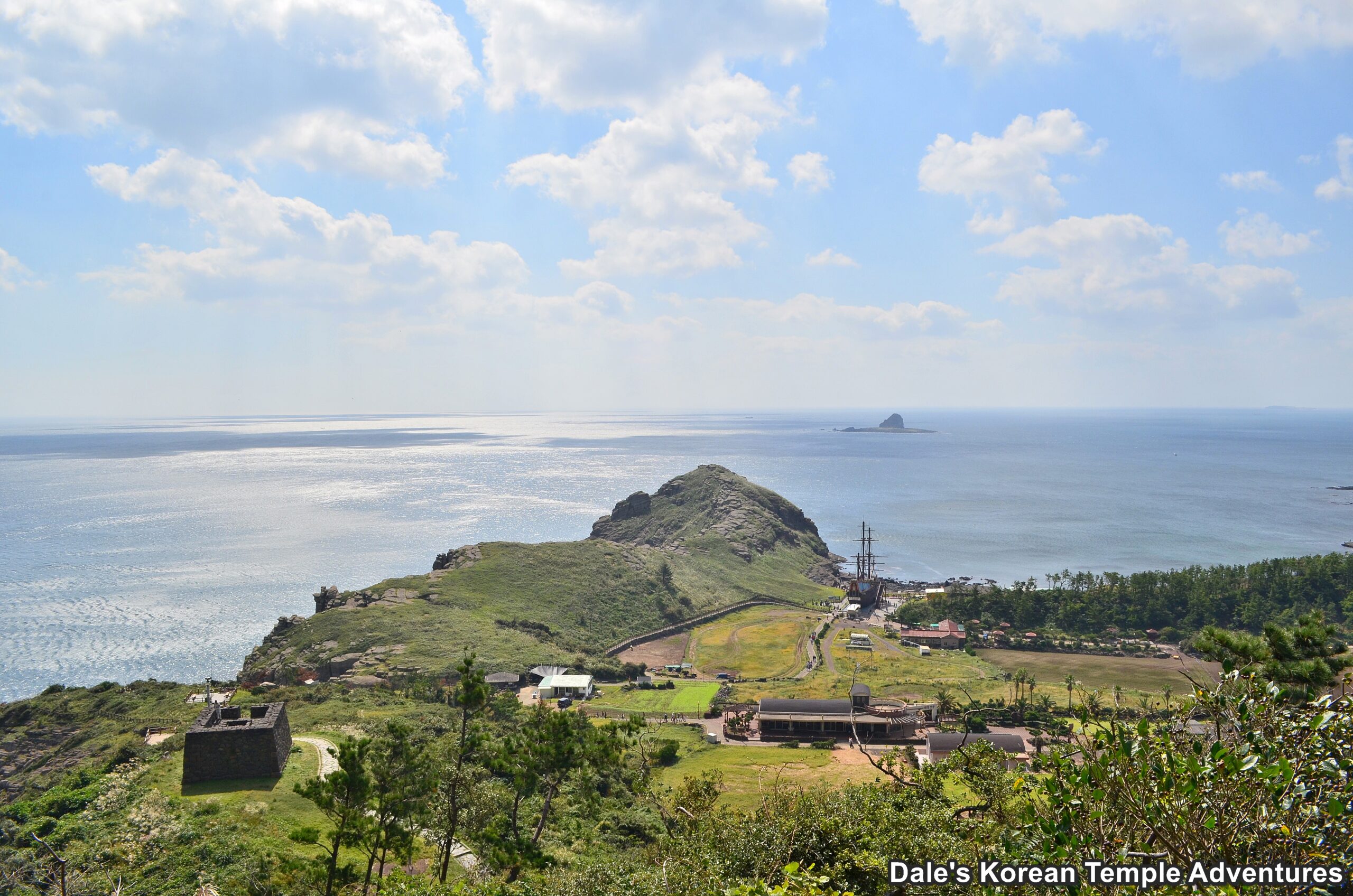
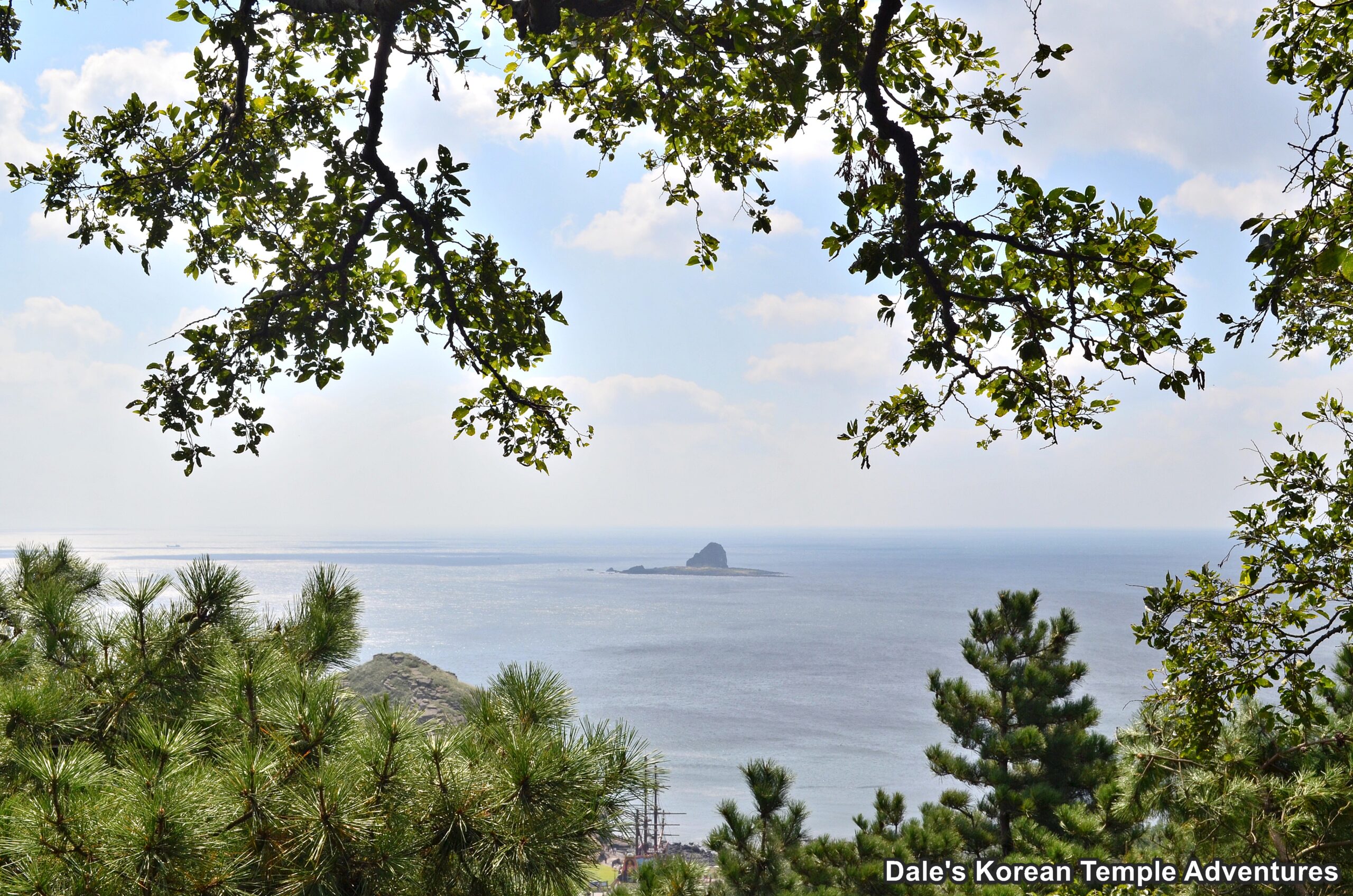
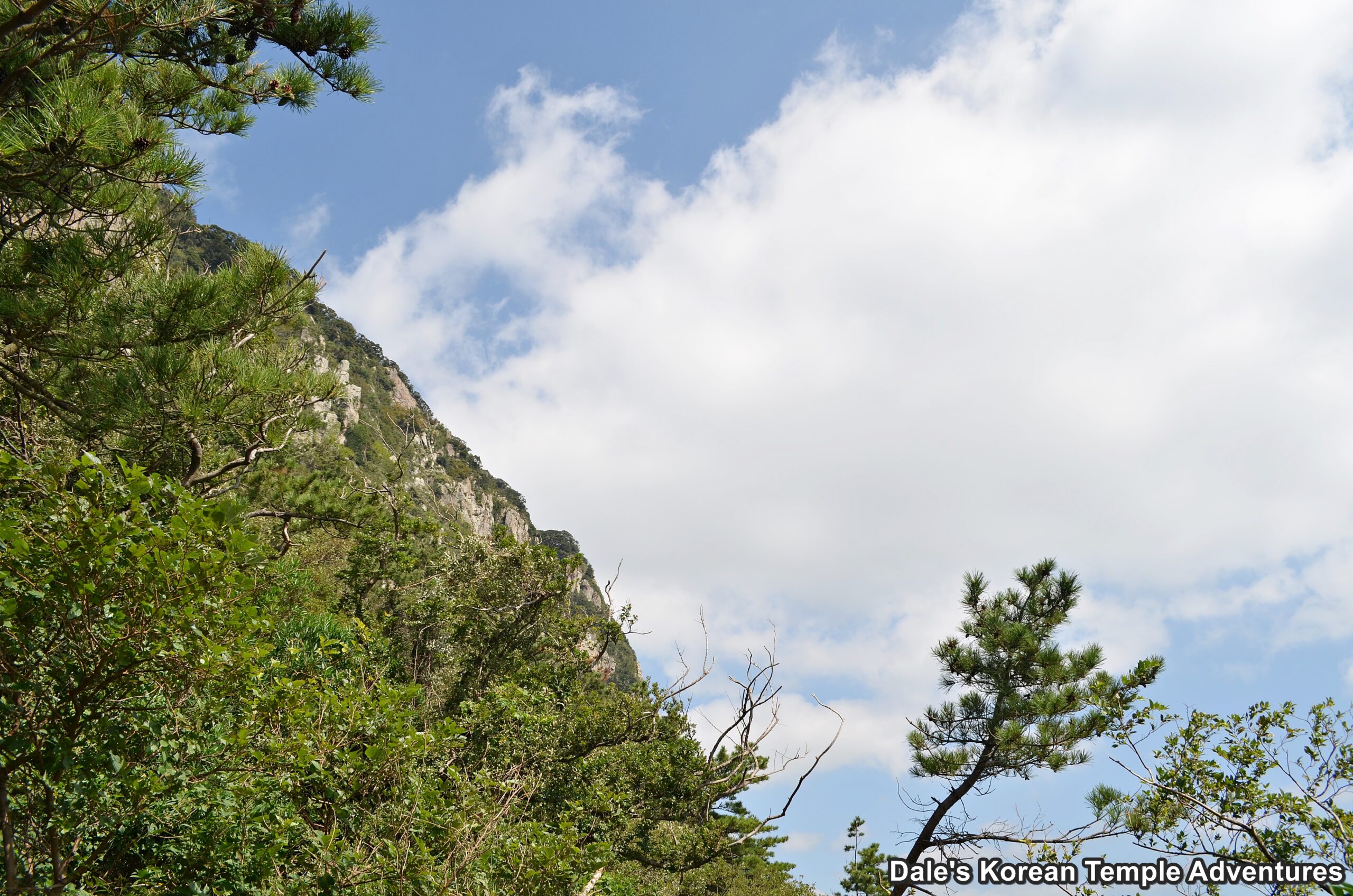
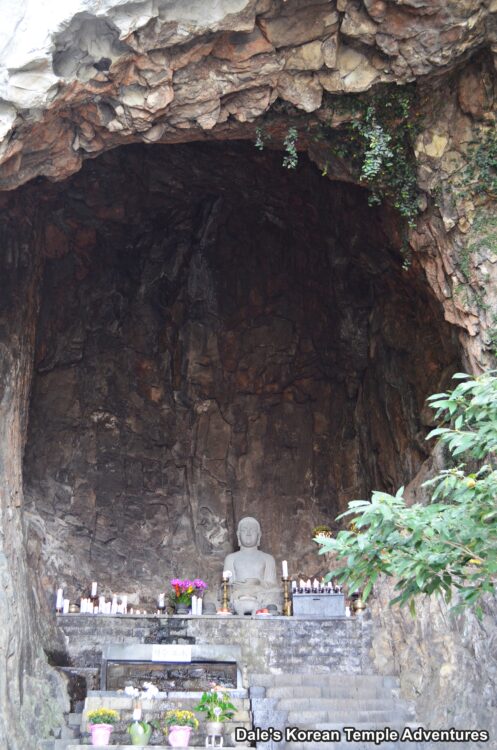
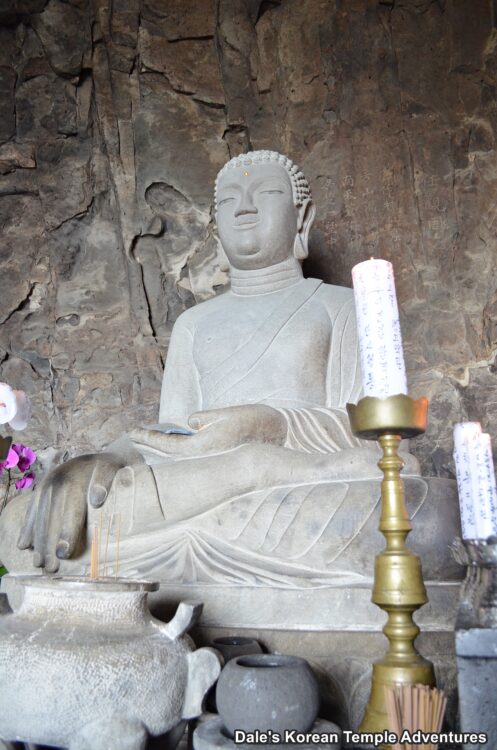
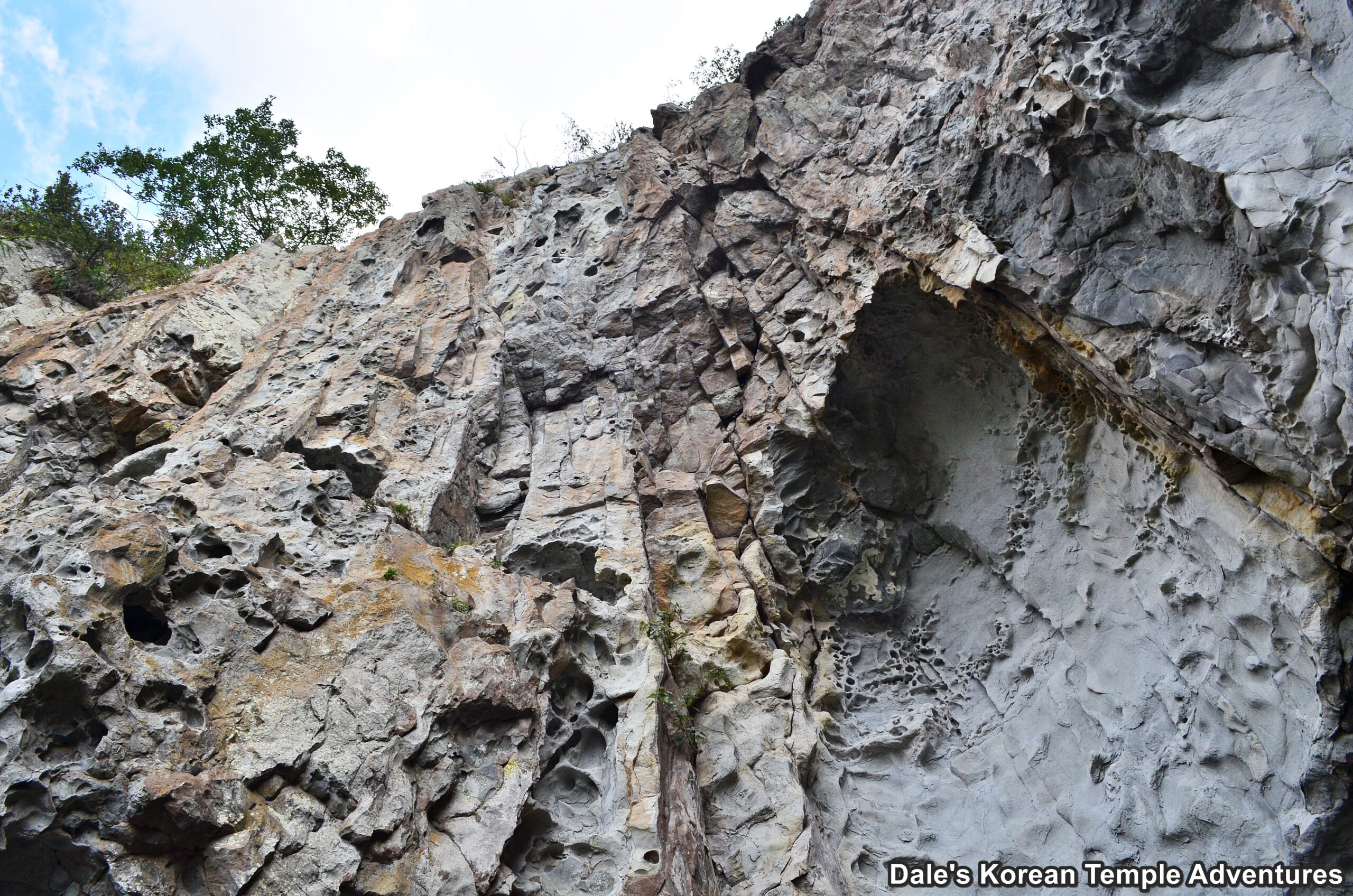
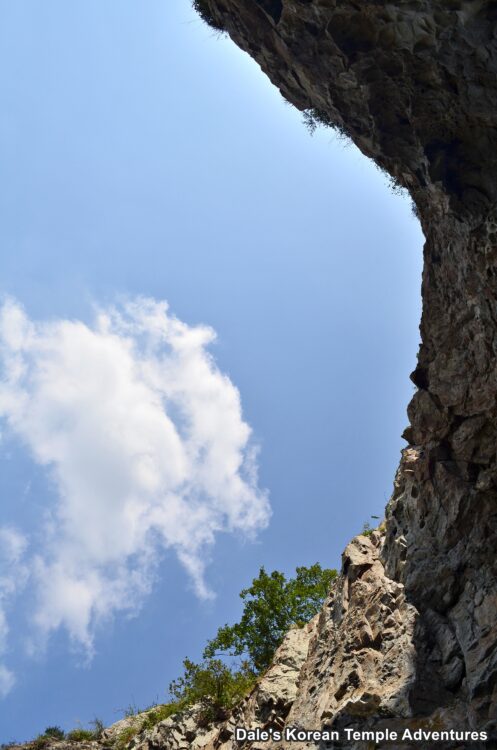
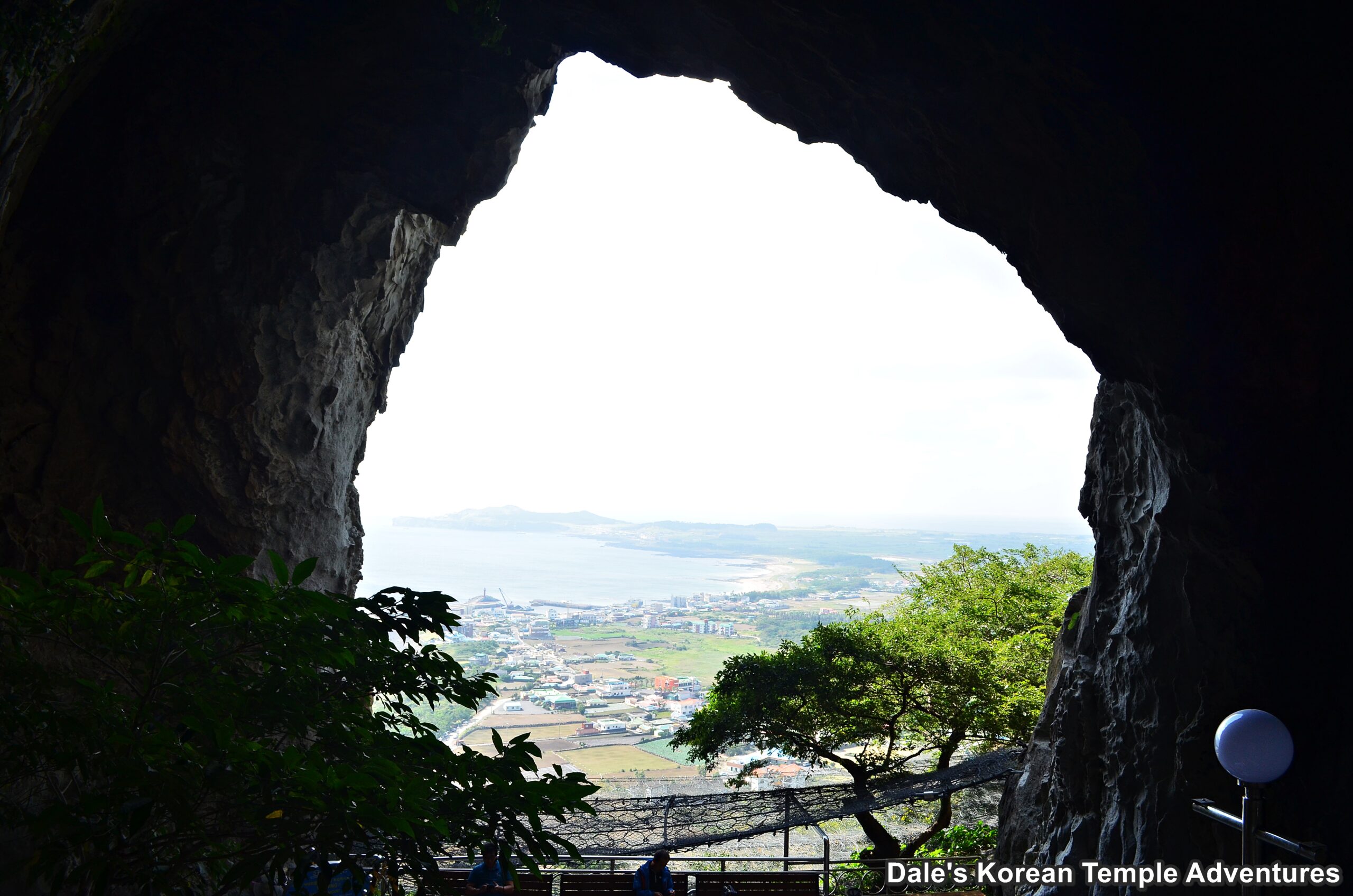


Recent comments